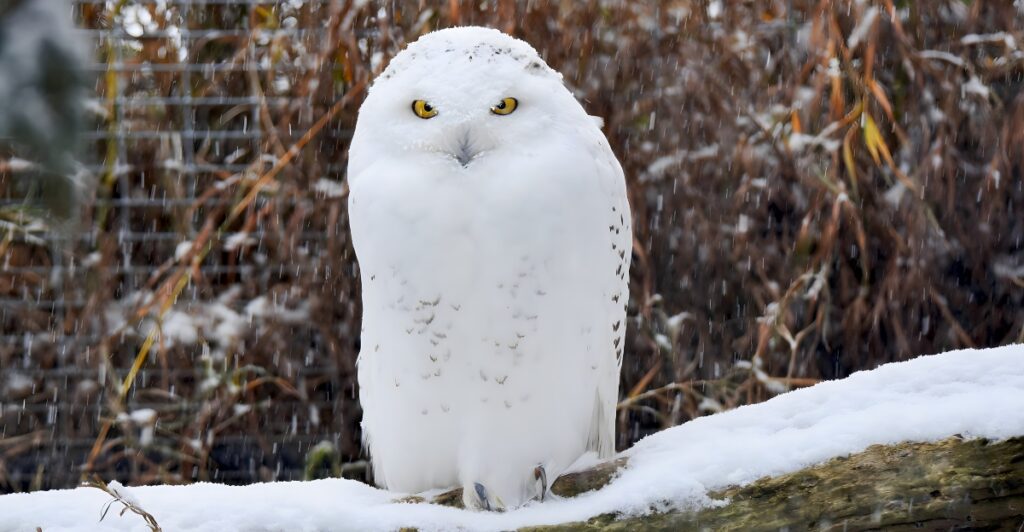
Evolution is the ever-changing biology of living organisms due to adaptation to their environment. But evolution isn’t just in the past – it’s always happening around us. Some species have adapted to environmental changes in remarkably short periods, offering a fascinating glimpse into evolution in action. Let’s explore 12 animals that have undergone notable changes recently.
Ongoing Evolution
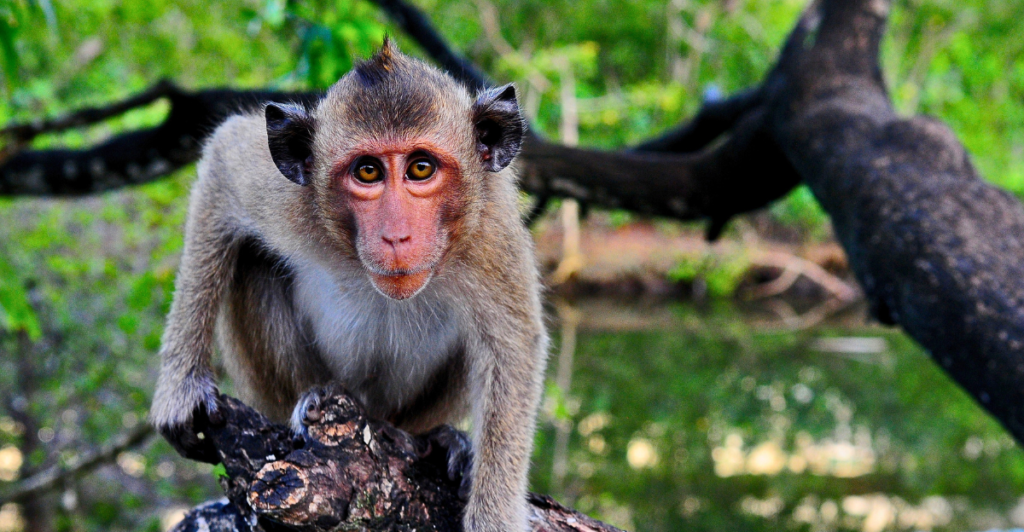
From pollution to domestication, species continuously adapt, demonstrating nature’s ability to survive through anything. Here are some examples that show evolution is ongoing and often influenced by human activity.
Urban Moths
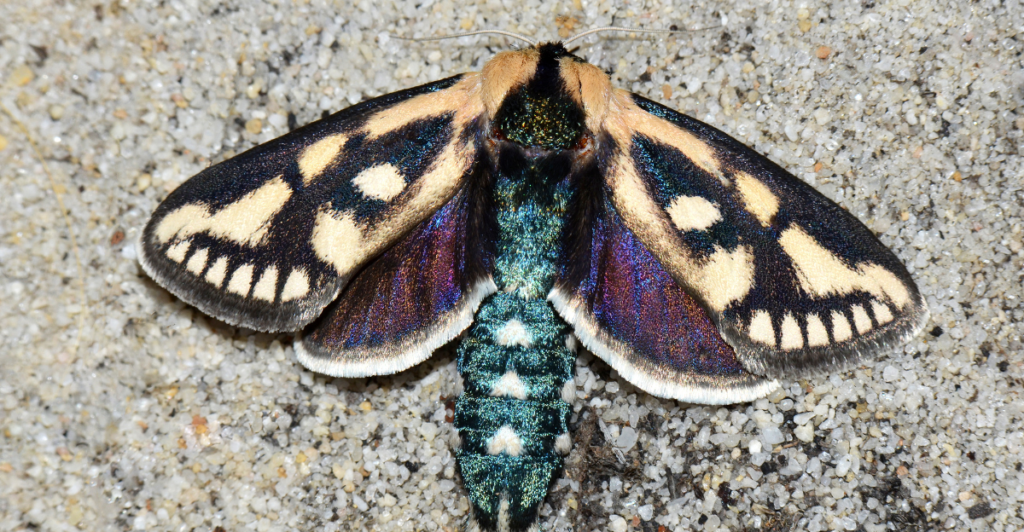
Urban environments have caused moths to evolve darker wing patterns, helping them blend with pollution-stained surfaces. This camouflage reduces their visibility to predators like birds. This adaptation mirrors how species use their environment to increase survival odds, a testament to how human activity influences evolution.
Peppered Moths
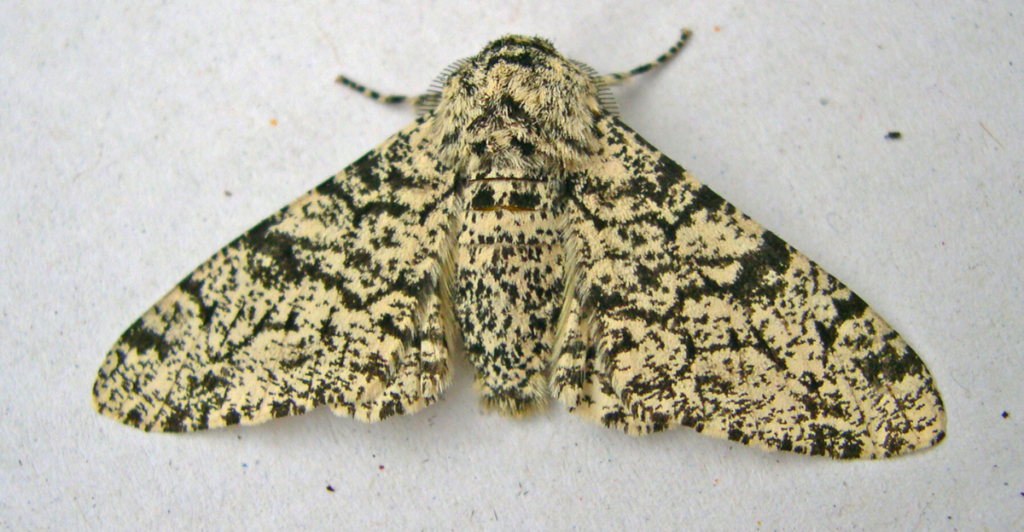
During the Industrial Revolution, soot from factories darkened tree bark, making lighter-colored peppered moths easy prey. The darker variant flourished, but as pollution decreased, lighter moths made a comeback. This example illustrates how quickly natural selection can shift populations in response to environmental changes.
Atlantic Killifish
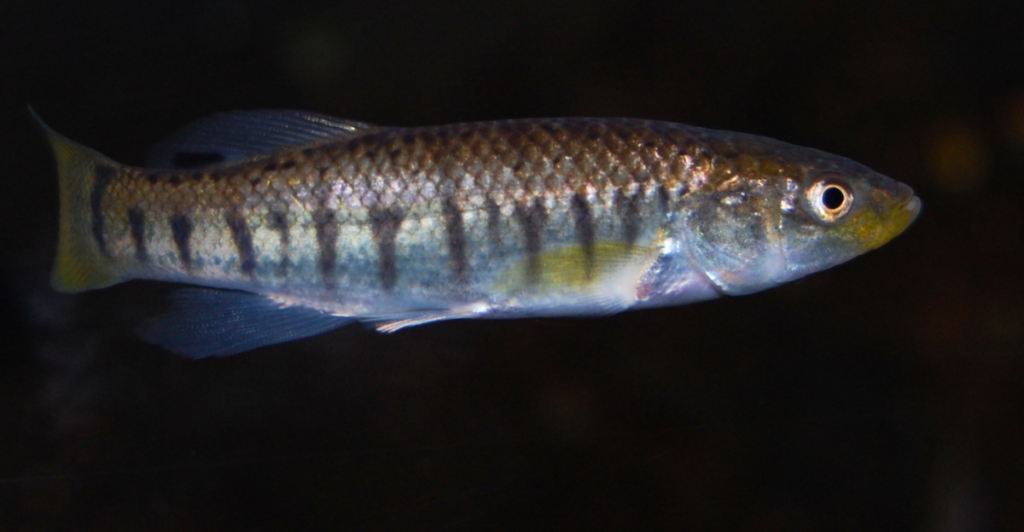
The Atlantic killifish has adapted to survive in heavily polluted waters. Genetic changes make them tolerant of toxic chemicals that would be deadly to most fish.
Cane Toads
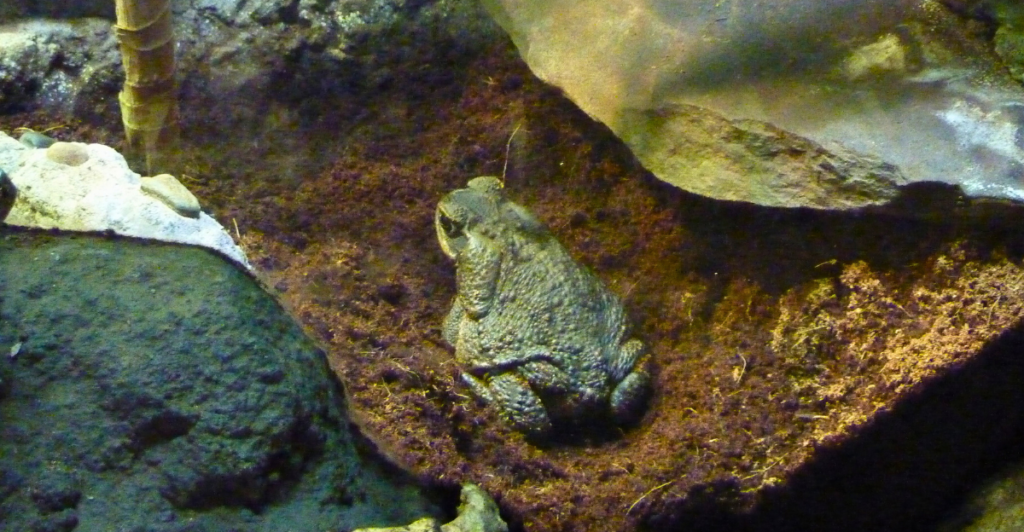
In Australia, cane toads are evolving longer legs to spread faster. This trait helps them colonize new areas quickly, although it has ecological consequences.
Elephants Without Tusks
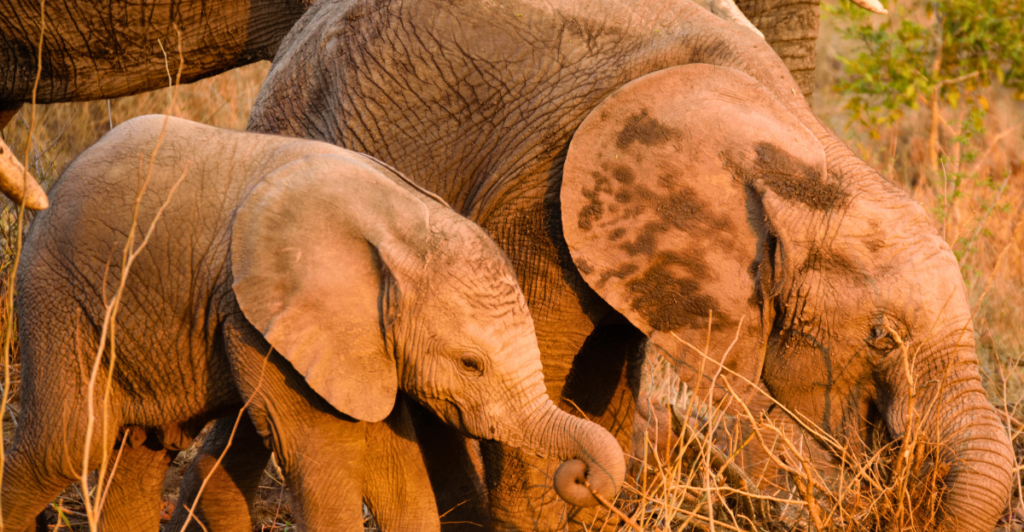
Due to intense poaching, some African elephants are evolving to be tuskless. This genetic shift reduces their risk of being targeted by hunters.
Italian Wall Lizards
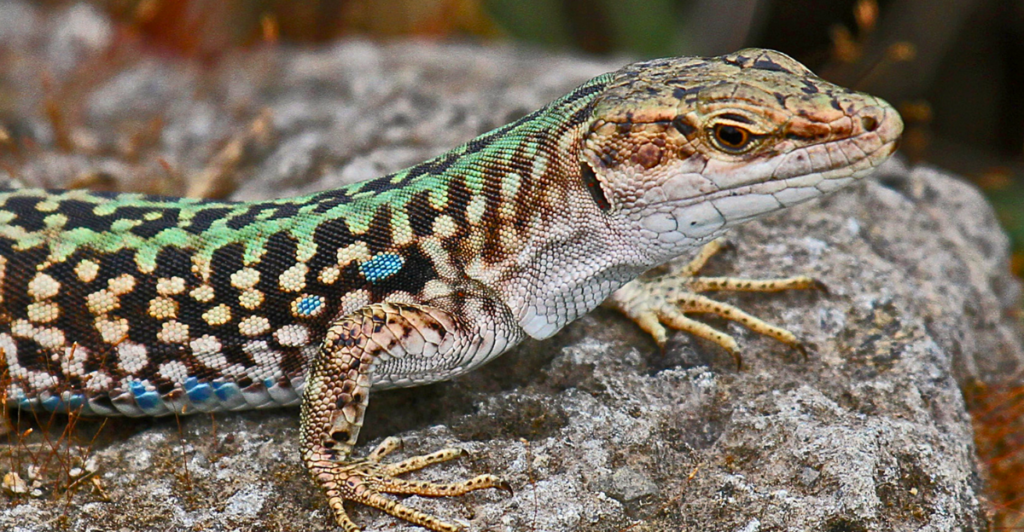
Introduced to a new environment in Croatia, Italian wall lizards evolved larger heads and stronger jaws within decades to eat tougher plants. This rapid adaptation surprised scientists.
Wolves to Dogs
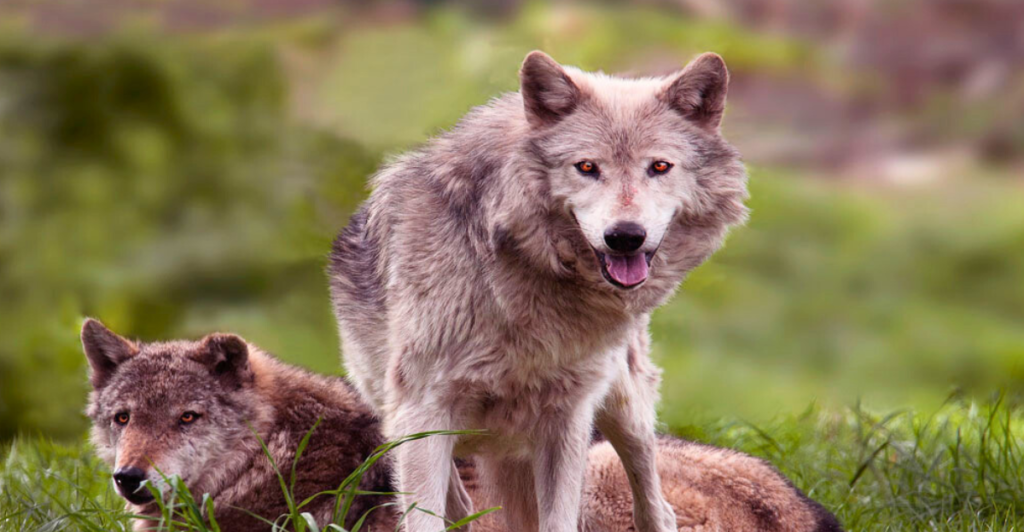
Wolves evolved into domestic dogs over thousands of years, developing traits like smaller size, reduced aggression, and enhanced communication with humans. Modern research shows even their facial expressions evolved to appeal to human emotions. This co-evolution highlights the deep bond between humans and animals.
Superfast Guppies
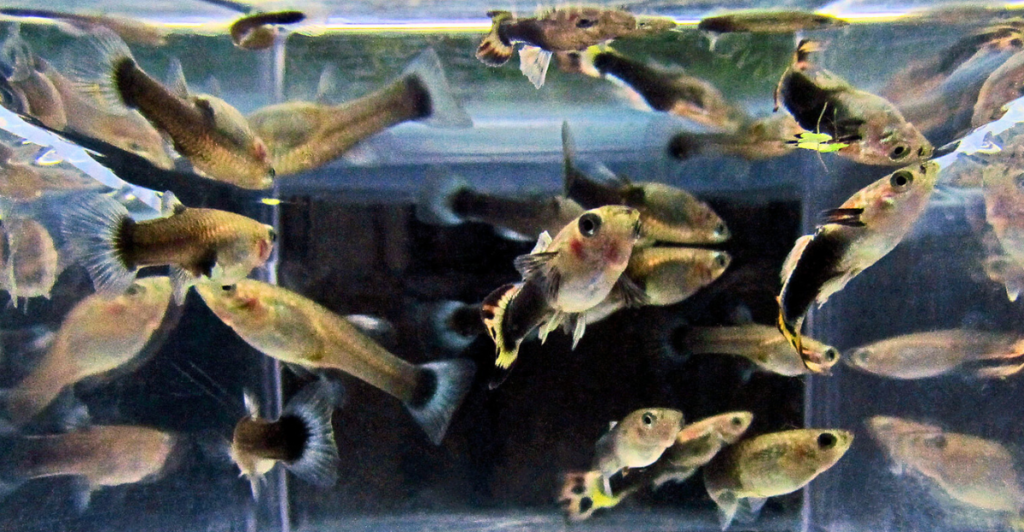
Guppies in predator-rich streams mature faster and produce more offspring than those in safer waters. This survival-driven evolution reflects natural selection in real time.
Bed Bugs
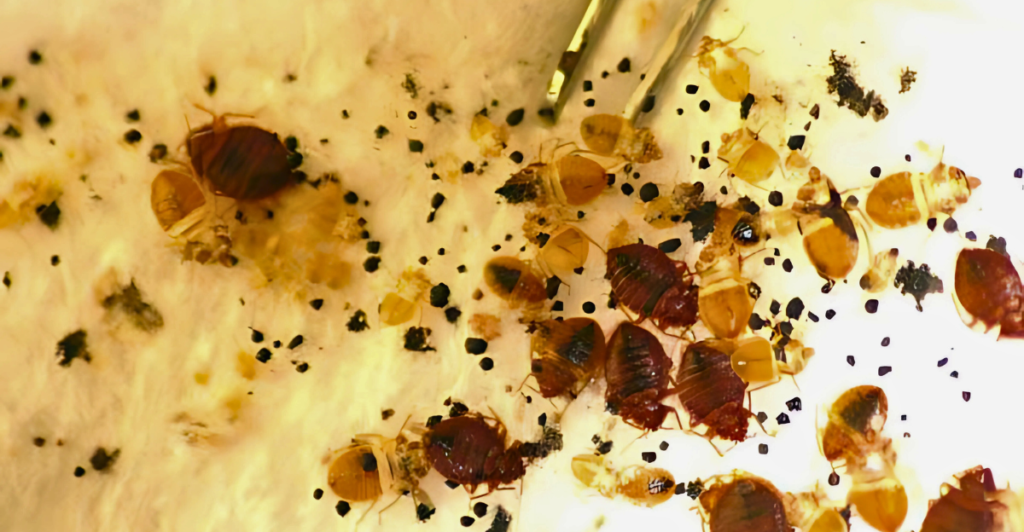
Bed bugs are evolving right before our eyes, developing thicker exoskeletons and resistance to insecticides. These changes make them harder to get rid of, highlighting the downside of rapid adaptation.
Microevolution in Bacteria
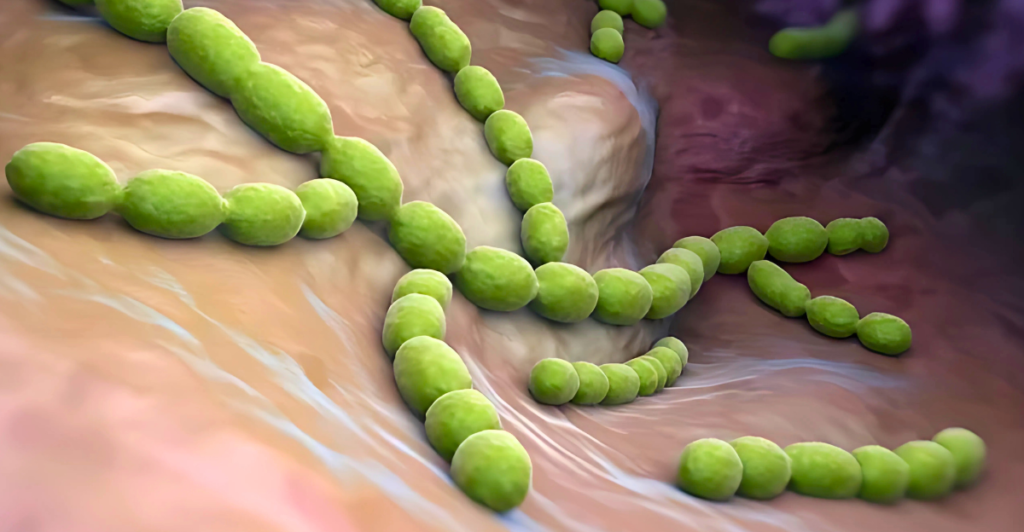
Bacteria are evolving resistance to antibiotics at alarming rates. This is due to the overuse of antibiotics in medicine and agriculture, which accelerates natural selection. Resistant bacteria pose a major challenge for healthcare, underscoring the urgent need for new treatments.
Mosquitoes in Underground Systems
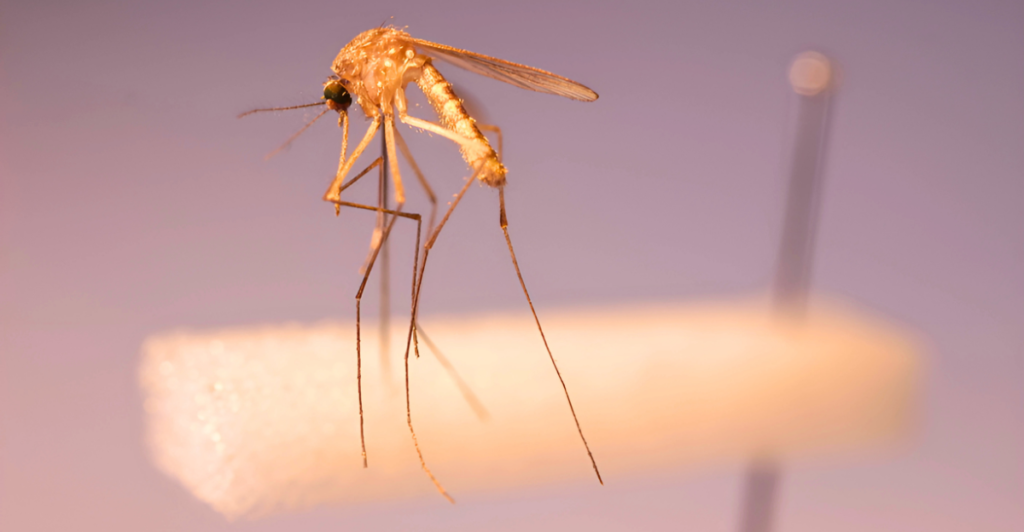
London’s underground mosquitoes evolved to survive in confined, bird-free environments. These mosquitoes differ genetically from their above-ground relatives and primarily feed on mammals. This unique adaptation arose due to the creation of new urban habitats.
Source:
5 Animals That Have Evolved Recently
Stay connected with us for more stories like this! Follow us to get the latest updates or hit the Follow button at the top of this article, and let us know what you think by leaving your feedback below. We’d love to hear from you!







